
How to Choose the Best Apple: Crisp, Sweet, and Nutritious
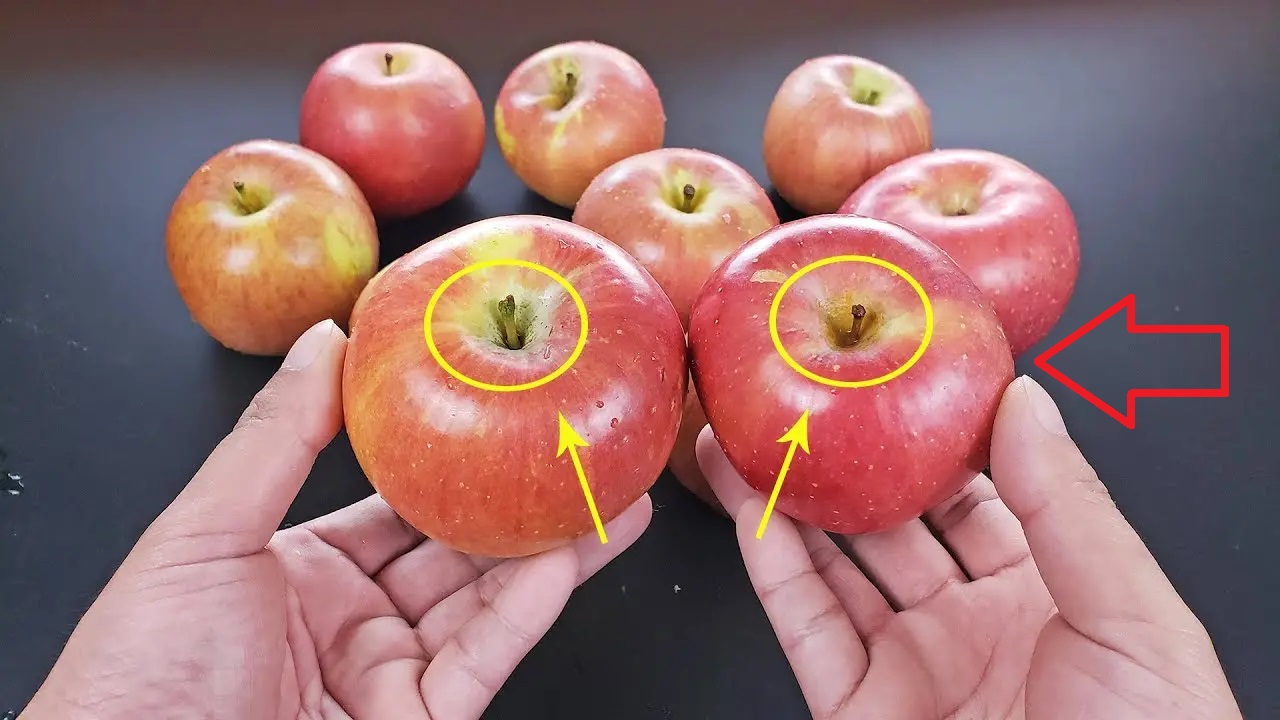
When buying apples, it's essential to pick the best ones to ensure you get that perfect balance of sweetness, crunchiness, and nutrients. It’s easy to get confused by the variety of apples available, but a few key tips can help you choose the freshest and most delicious fruit. Here’s a simple guide on how to select the perfect apple next time you visit the market.
1. Pay Attention to the Apple’s Color
Many people believe that the more red an apple is, the sweeter and riper it will be. However, that’s not always the case. While red apples are often ripe, a truly good apple usually has a deep red with a slight yellow tint, which indicates it was exposed to sunlight properly. The side that faces the sun will often be more red and have a sweeter taste.
It’s important to avoid apples with a pale or whitish hue. These are typically grown in shaded areas or under conditions where they weren’t properly ripened. These apples may taste more sour or overly acidic, especially if they haven’t had enough sunlight during their growth.
While apples that are entirely red might seem appealing, they could have been artificially ripened or overripe. So, look for apples with a natural, balanced color for the best taste and nutritional value.
2. Check the Texture of the Apple’s Skin
When picking up an apple, you should run your fingers over its skin to assess its smoothness. Apples that feel smooth and shiny tend to be more tart or acidic in flavor, which some people enjoy. However, if the surface feels slightly rough or bumpy, that’s usually an indicator of a sweeter, juicier apple.
You might be tempted to choose the apples that look perfect and flawless, but sometimes those with a little more texture are the ones that taste better. So, don’t dismiss apples with slightly uneven skin—they often have a better balance of sweetness and crunch.
3. Examine the Apple’s Dimple (Calyx)
At the bottom of every apple, there is a dimple or indentation known as the calyx. If you look closely at different apples, you’ll notice some have larger, deeper dimples, while others have small and shallow ones.
Generally, apples with larger, deeper dimples are more mature and have better flavor. These apples are likely to be sweeter and more flavorful because they ripened naturally. On the other hand, apples with small or shallow dimples are often less ripe and may have a crisper texture but a less developed flavor.
When choosing apples, opt for those with the deeper calyxes for a richer taste and better sweetness.
4. Smell the Apple’s Aroma
Ripe apples have a strong, fragrant aroma that signals they are fresh and ready to eat. When choosing apples, give them a gentle sniff near the stem. Apples that smell sweet and fresh are likely to be delicious. On the contrary, apples that lack fragrance may not be fully ripe or could have been stored for too long. They may taste sour or even slightly bitter.
A strong, natural apple fragrance usually indicates ripeness and flavorful sweetness. If you can’t smell anything at all, it might mean the apple hasn’t been harvested at its peak.
5. Give the Apple a Firm Squeeze
While inspecting apples, you can gently squeeze them to check for firmness. Apples that are ripe and juicy should feel firm and heavy in your hand. They should not be soft or squishy, as this can be a sign of overripeness or internal rot. You can also tap the apple gently or snap your fingers against the skin; a loud, crisp sound generally means the apple is firm and will be crisp and juicy when bitten into.
In addition, try holding the apple in your palm. If it feels heavy for its size, that’s a good sign it’s filled with water and is likely to be juicy and refreshing.
6. Look for No Bruising or Imperfections
Finally, always inspect apples for bruises or blemishes. Even a small bruise can affect the taste and texture of the apple, making it mushy or overly sweet in that spot. For the best experience, choose apples with smooth, flawless skin—free from dark spots or signs of damage. Apples that look undamaged on the outside are often better preserved and taste fresher.
If you're looking for a long-lasting apple, it’s especially important to choose fruits with no signs of physical damage. Apples with bruises may spoil faster, so opt for those with smooth, shiny exteriors.
Conclusion: The Ideal Apple
To summarize, the best apples are those that combine color balance, texture, aroma, and firmness. Look for apples with:
-
A rich color with a slight yellow tint, indicating good sunlight exposure.
-
A slightly rough surface for sweetness.
-
A deep, large dimple for ripeness.
-
A strong, fresh fragrance signaling natural ripeness.
-
Firmness and a heavy feel indicating juiciness.
Now, armed with these tips, you’ll be able to pick the perfect apple every time, ensuring that it’s sweet, crisp, and packed with nutrients!
News in the same category


8 Natural Ways to “Cleanse” Your Lungs: Affordable Yet Highly Effective

How to Easily Unclog a Blocked Drain Without Calling a Plumber

Hang this bunch of leaves on your window, and no matter how many mosquitoes there are, they’ll all disappear: effective and completely safe

5 Items You Should Never Buy at the Supermarket — Especially When They're on Sale

A 52-Year-Old Man Died From Diabetes: Doctors Warn These 4 Breakfast Habits Should Be Eliminated Immediately
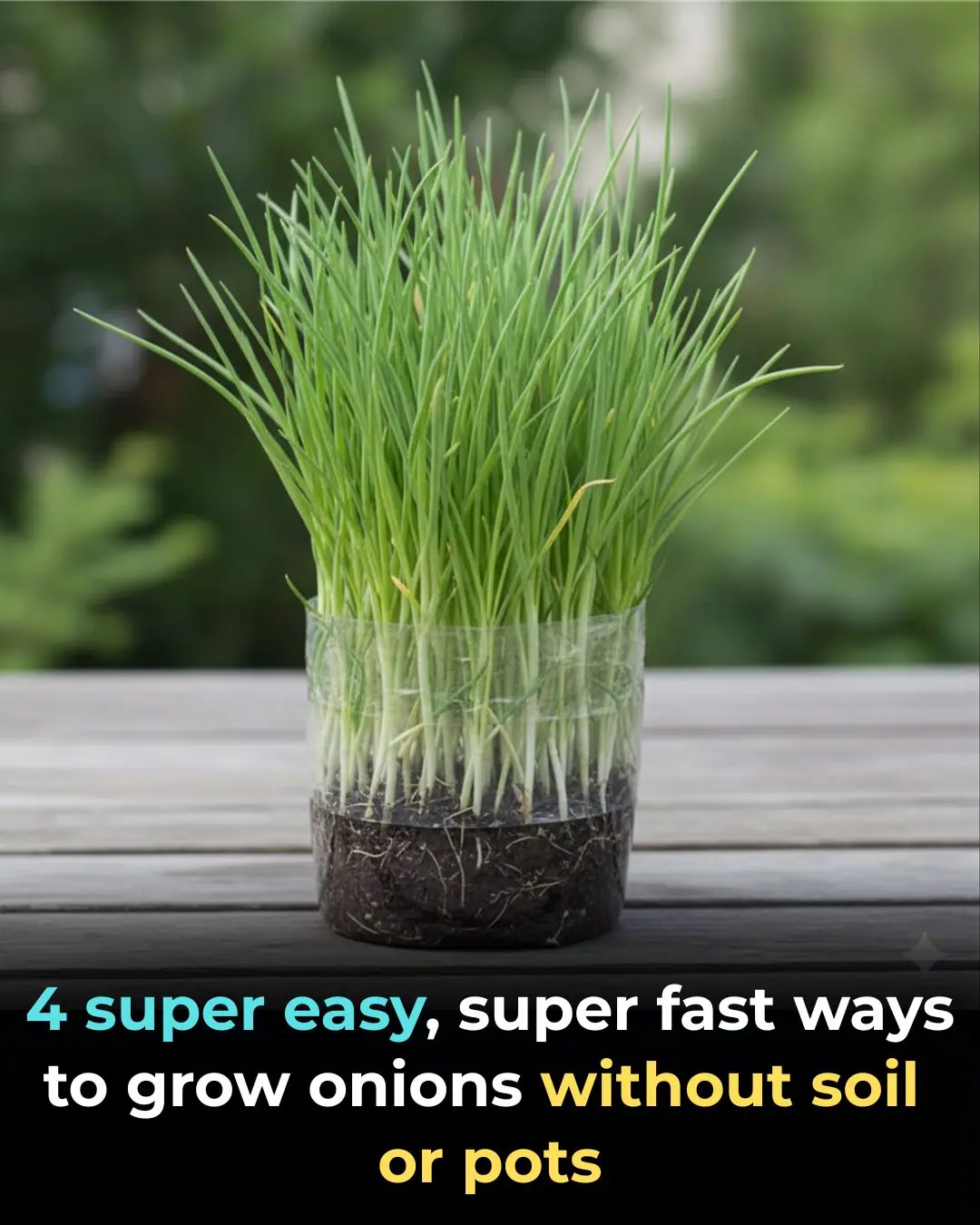
4 Super Easy and Fast Ways to Grow Green Onions Without Soil or Pots
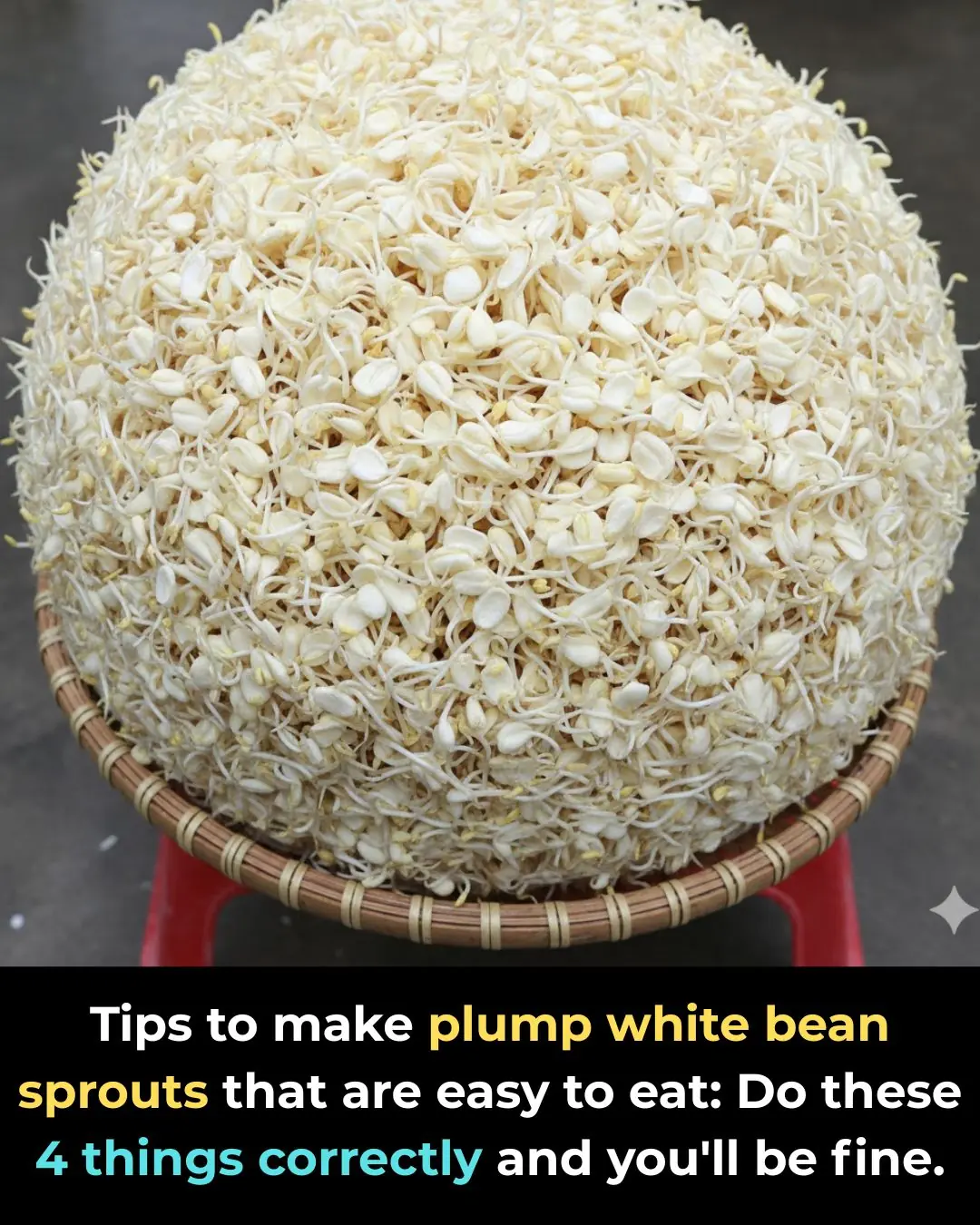
Tips to make plump white bean sprouts that are easy to eat: Do these 4 things correctly and you'll be fine.

Put plastic bottles in the toilet tank, great benefits, every house needs it

Pour beer and white vinegar into the pot of bonsai soil, the soil will be soft "like sand", many years later the soil will still be loose

Mice ran loudly on the ceiling
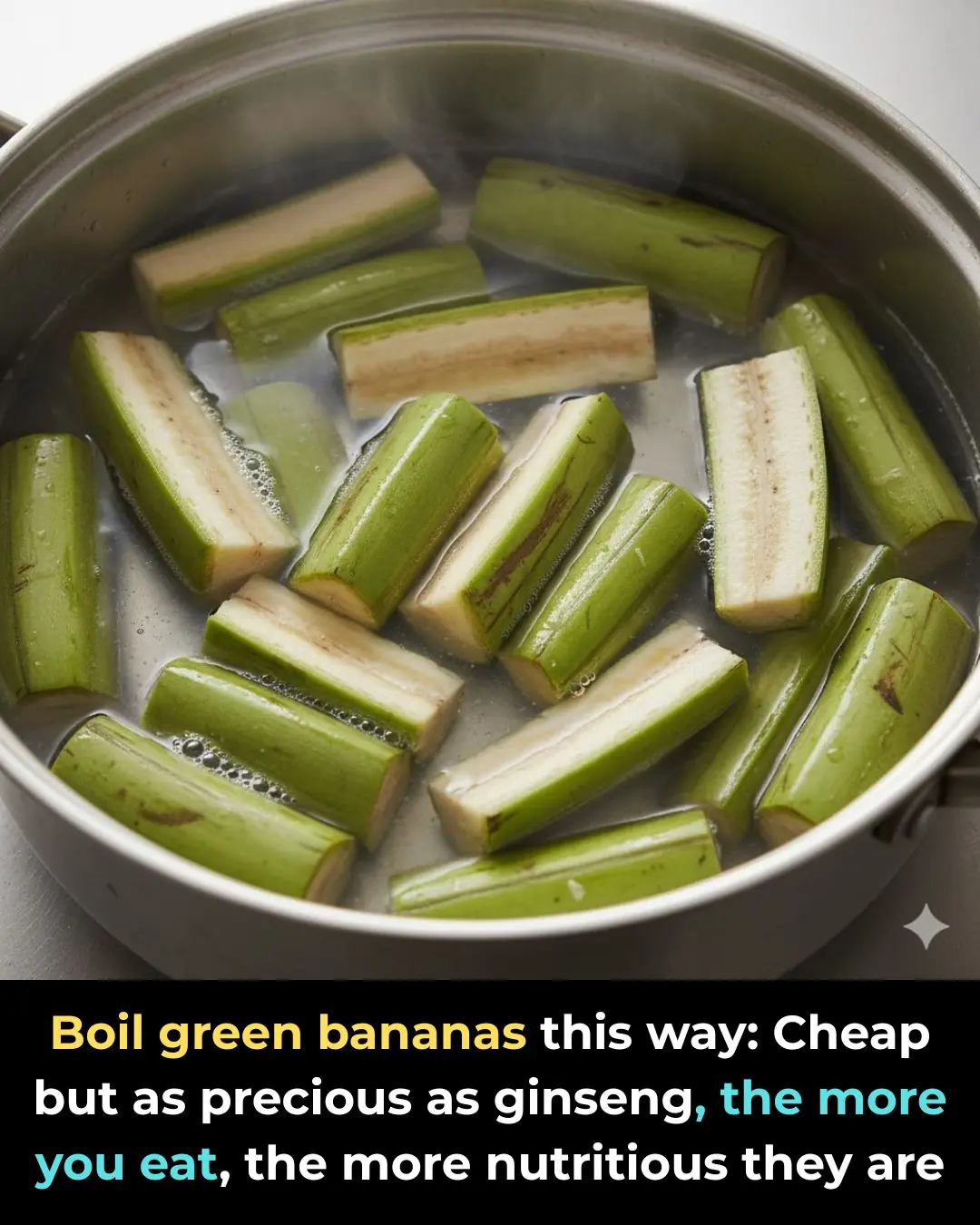
Boil green bananas this way

Tips to deodorize the refrigerator

3 ways to make crispy roasted pork at home in a pan or fryer
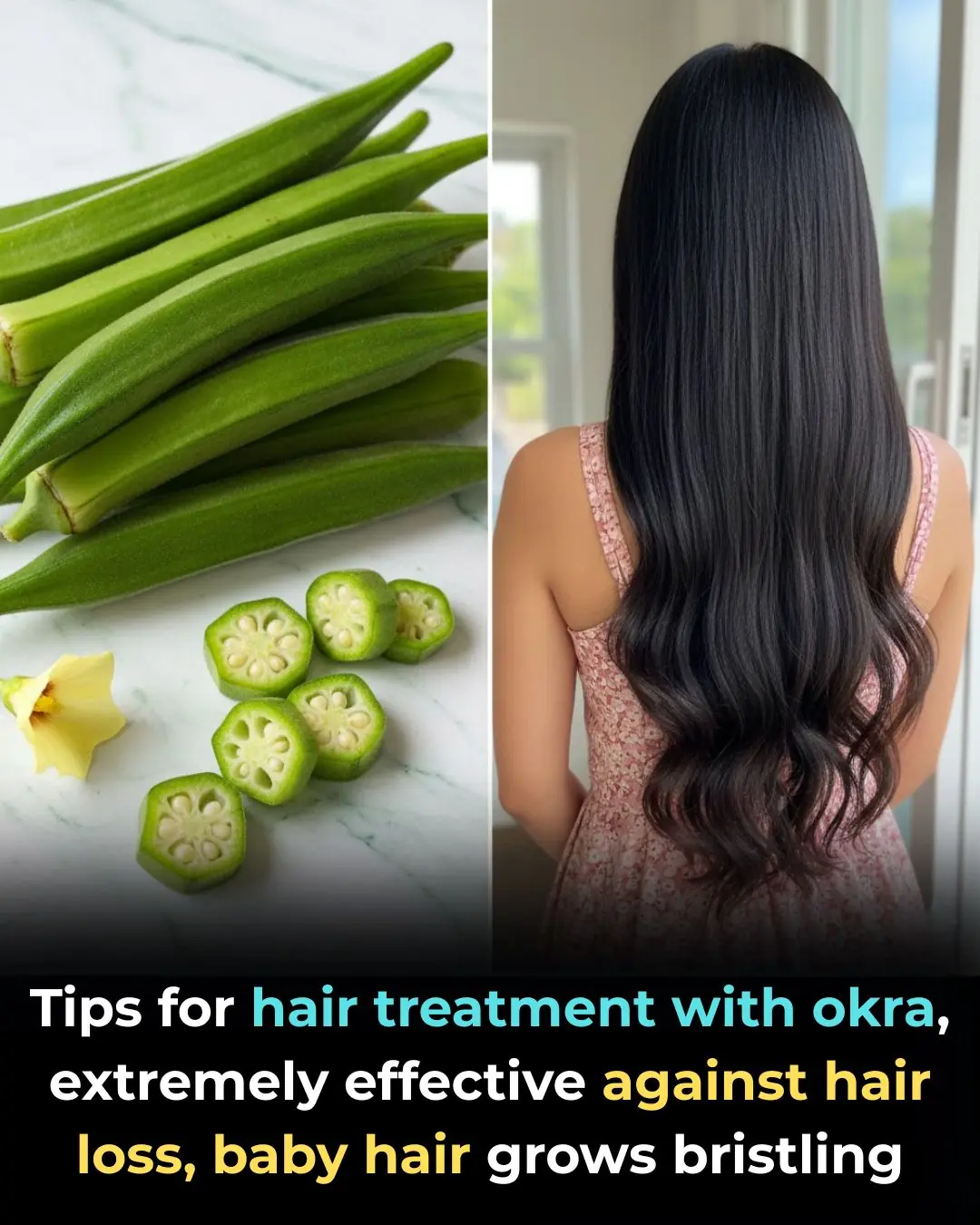
Tips for hair treatment with okra, extremely effective against hair loss, baby hair grows bristling
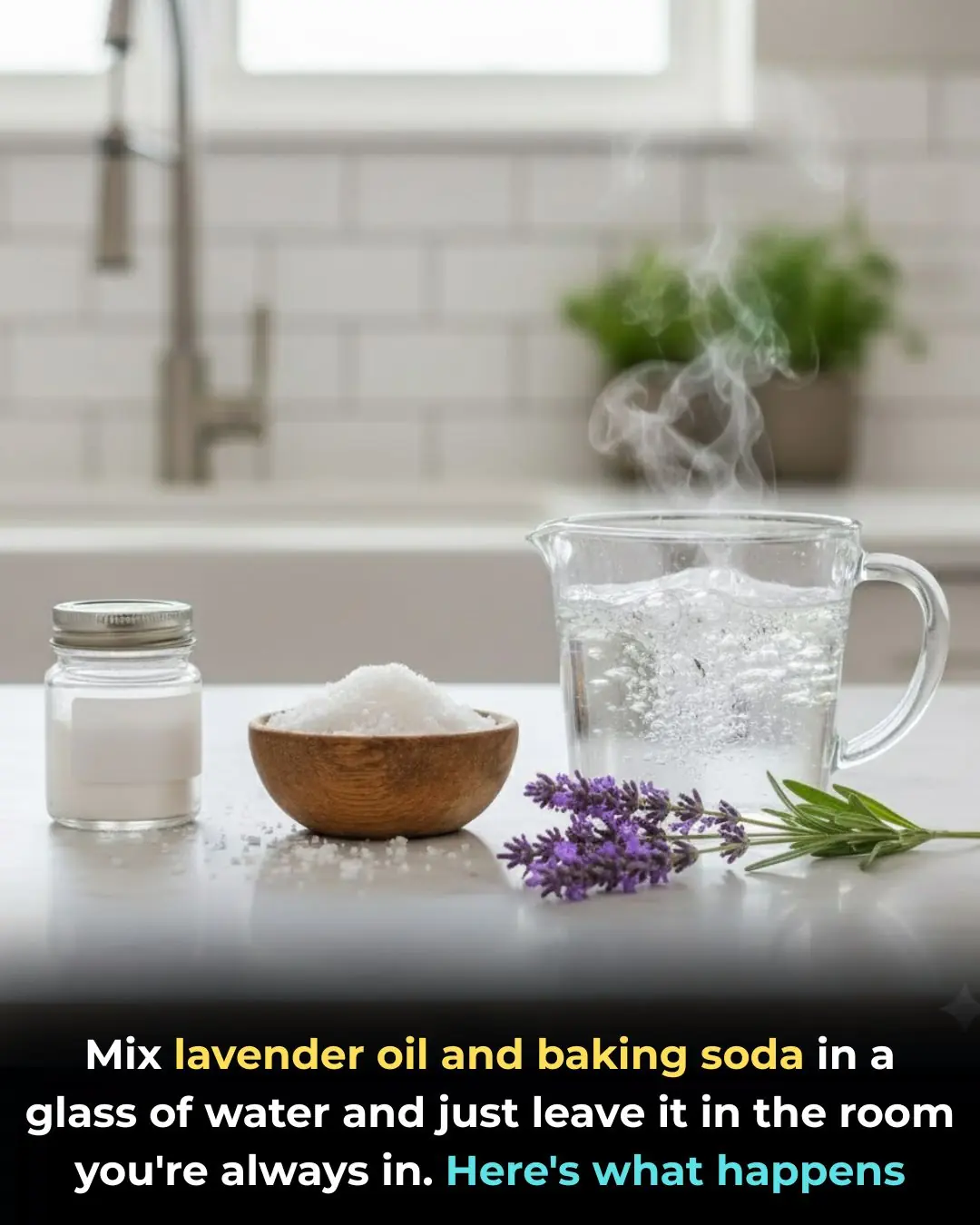
Just tried this and whoa

2 Simple and Effective Ways to Remove the Smell from Long-Frozen Meat

Lady had a bunch of empty old pill bottles

There’s a “Hidden Component” Under Your Washing Machine That Can Make Your Clothes Cleaner and Fresher
News Post

Scientists Achieve Breakthrough in Reversing Human Skin Cell Aging by 30 Years: A New Era for Anti-Aging and Regenerative Medicine

Eating Eggs Weekly May Reduce Alzheimer’s Risk by 47%: What New Research Reveals

The Little Warrior and the Leather-Clad Angels.

The Miracle in the Storm.

A Blanket in the Cold.

Experts reveal 10 baby names parents should avoid in 2026 as popular names that are set to go extinct revealed

The Real Reasons Men Stay in Relationships With Women They Don’t Love

The best way to lower blood sugar fast!

Signs of pancreatic cancer you should never ignore

Ariana Grande’s ‘Wicked’ costar speaks out after Singapore attack on actress: ‘You’re a bad person’

‘Jada Bout to Set That Red Table’: Jada Pinkett Smith Fans Warn Rapper Yo-Yo Over Her Shocking Confession About Tupac

Not Tea or Coffee: The “Golden” Drink That Protects the Heart and Prevents Stroke in People Who Sit a Lot

You're Doing It All Wrong: Here’s the Right Way to Maintain Your Furnace Filter

You're Doing It All Wrong: Here’s the Right Way to Set Your Thermostat in Winter

You're Cleaning Your Humidifier All Wrong — Here’s the Safe, Effective Way to Do It

You're Fighting Winter Mold the Wrong Way — Here’s How to Stop It for Good

‘Go Back Home Friend’: Vince Herbert’s Slim, Unrecognizable New Look Has Fans Telling Tamar Braxton It Might Be Time to Spin the Block

8 tips to increase wifi speed tenfold

8 Natural Ways to “Cleanse” Your Lungs: Affordable Yet Highly Effective
